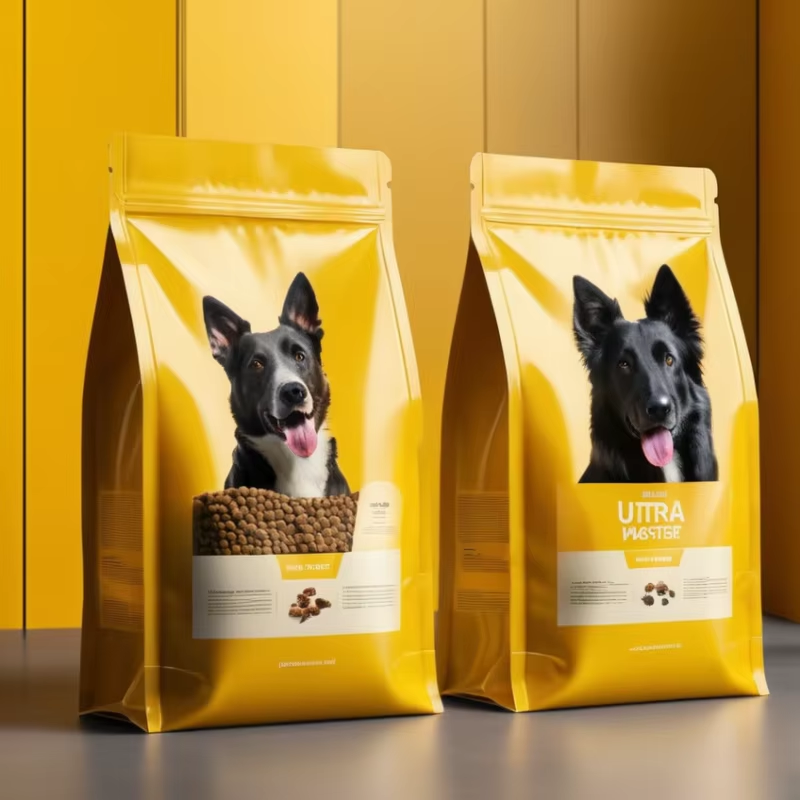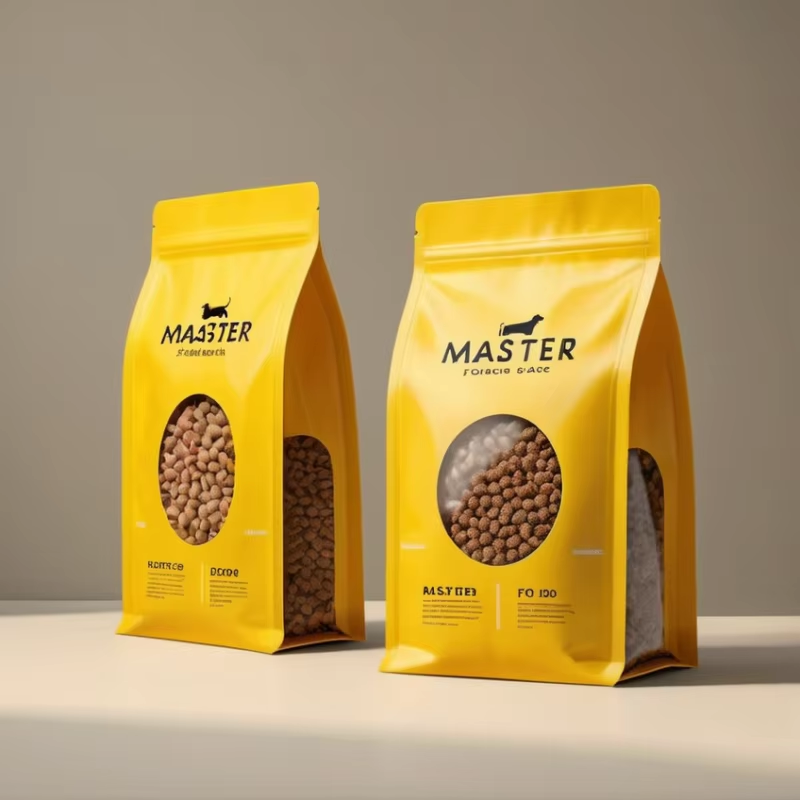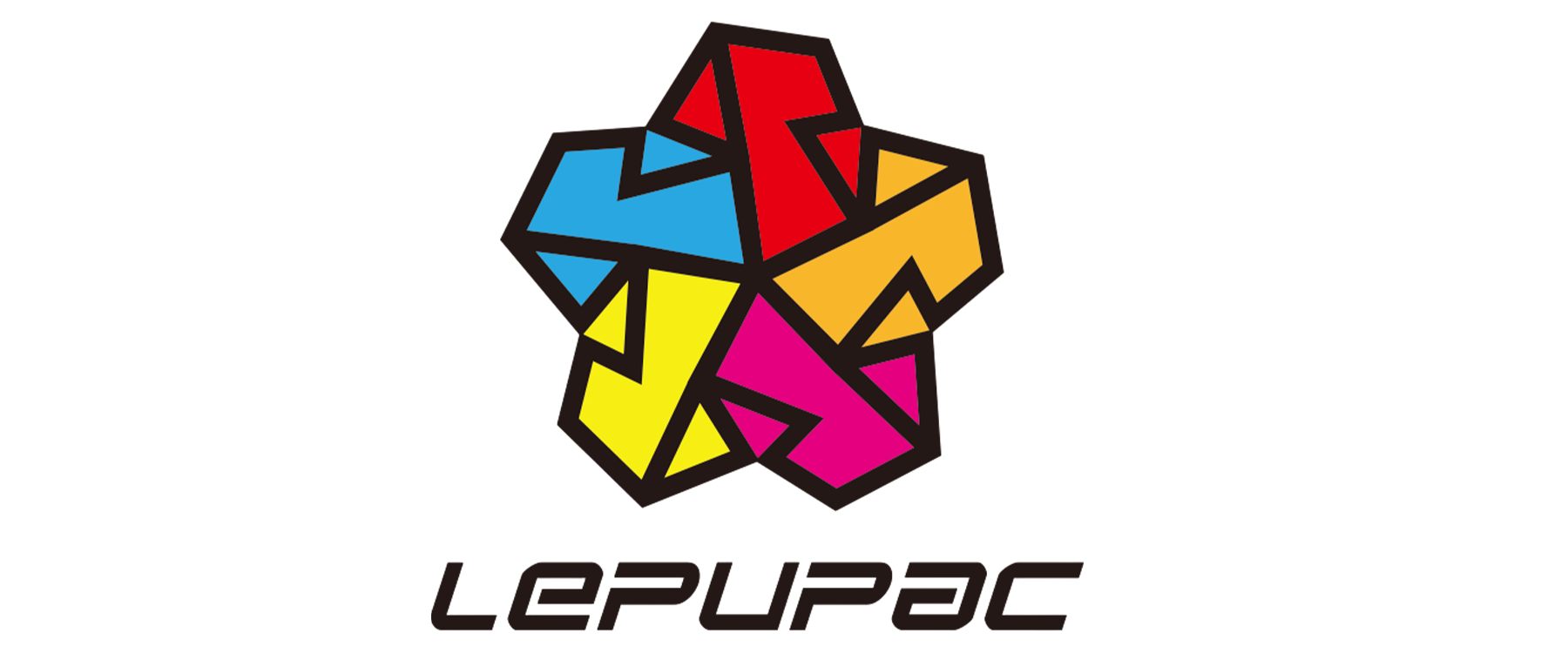Title: How Many Cups in a 30lb Bag of Dog Food? A Comprehensive Guide to Feeding Your Furry Friend
Introduction
When it comes to feeding our beloved pets, understanding the correct portion sizes and how m uch food is contained within a bag can be essential for maintaining their health and well-being. A common question that arises among dog owners is, "How many cups are in a 30-pound (lb) bag of dog food?" This article aims to provide a detailed explanation, taking into account the variations in kibble size, feeding guidelines, and other important factors that influence the number of cups you'll get from a 30lb bag.

Understanding Kibble Density and Size
The first factor to consider when determining the number of cups in a 30lb bag of dog food is the density and size of the kibble. Dog food comes in various shapes and sizes, which directly affects the volume per pound. For example, smaller, denser kibbles will have more cups per pound compared to larger, airier kibbles. Typically, a 30lb bag of dog food can contain anywhere from 35 to 45 cups, but this can vary based on the brand and type of kibble.
Calculating the Number of Cups
To calculate the number of cups in a 30lb bag, you need to know the weight of one cup of the specific dog food. This information is often provided by the manufacturer on the packaging or the product's website. If the weight per cup is not available, you can measure it yourself by weighing an empty cup, filling it with the dog food, and then subtracting the weight of the empty cup from the total. Once you have the weight of one cup, you can use the following formula:
Number of cups = Total weight of the bag / Weight of one cup
For instance, if one cup of your dog food weighs 0.25 pounds, the calculation would be:
Number of cups = 30 lbs / 0.25 lbs per cup = 120 cups
Feeding Guidelines and Portion Control
Knowing the number of cups in a 30lb bag is only part of the equation. It's equally important to follow the feeding guidelines provided by the manufacturer, as these are designed to meet the nutritional needs of your dog based on age, weight, activity level, and sometimes breed. Overfeeding or underfeeding can lead to health issues such as obesity or malnutrition.
Portion control is critical, especially since dogs' caloric needs can vary widely. A sedentary small-breed dog will require fewer calories than an active large-breed dog. Always consult with your veterinarian to ensure that the feeding amount is appropriate for your pet's individual needs.
Factors Affecting the Number of Cups
- Kibble Size: Smaller kibbles generally mean more cups per pound, while larger kibbles result in fewer cups.
- Kibble Shape: Some shapes may pack more tightly, affecting the overall volume.
- Brand Variations: Different brands may have different densities and formulations, leading to variations in the number of cups per pound.
- Packaging and Storage: Proper storage can prevent the dog food from absorbing moisture, which could increase its weight and reduce the number of cups per pound.

Practical Tips for Managing Your Dog's Diet
1. Measure Accurately: Use a standard measuring cup to ensure consistent portions at each meal.
2. Adjust as Needed: As your dog grows or changes in activity level, adjust the feeding amount accordingly.
3. Monitor Body Condition: Regularly check your dog's body condition and consult with your vet to make any necessary adjustments to the diet.
4. Transition Gradually: When changing dog food, do so gradually over several days to avoid digestive upset.
5. Store Properly: Keep the dog food in a cool, dry place and in an airtight container to maintain freshness and quality.
Conclusion
While a 30lb bag of dog food typically contains between 35 to 45 cups, the exact number can vary significantly depending on the kibble size, shape, and brand. It's crucial to understand the weight of one cup of the specific dog food you're using and to follow the feeding guidelines to ensure your dog receives the right amount of nutrition. By being mindful of portion sizes and adjusting as needed, you can help keep your furry friend healthy and happy. Remember, every dog is unique, and what works for one might not work for another, so always tailor the diet to fit your pet's individual needs.
 EN
EN
 AR
AR
 HR
HR
 CS
CS
 DA
DA
 NL
NL
 FI
FI
 FR
FR
 DE
DE
 EL
EL
 IT
IT
 JA
JA
 KO
KO
 NO
NO
 PL
PL
 PT
PT
 RO
RO
 RU
RU
 ES
ES
 SV
SV
 TL
TL
 IW
IW
 ID
ID
 LV
LV
 LT
LT
 SR
SR
 SK
SK
 SL
SL
 UK
UK
 SQ
SQ
 ET
ET
 TH
TH
 TR
TR
 FA
FA
 AF
AF
 MK
MK
 UR
UR
 BN
BN




